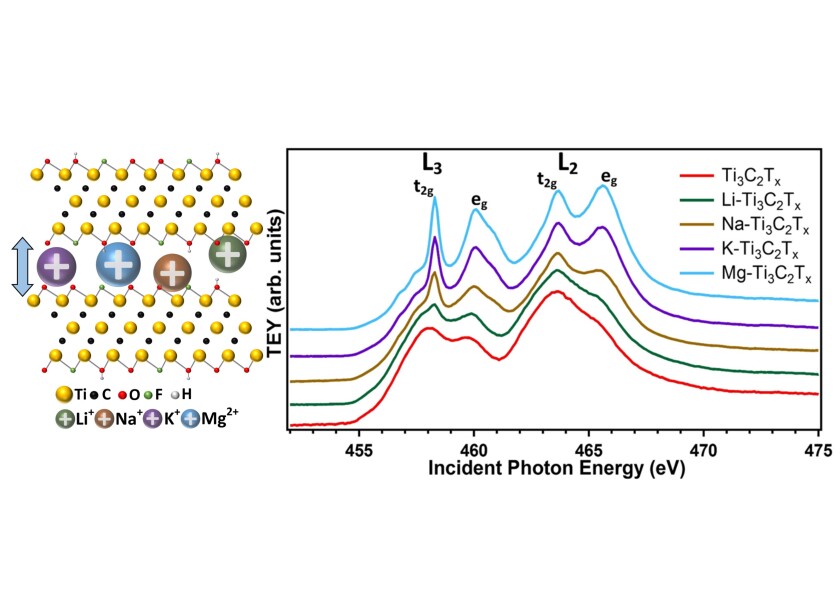Young Investigator Group Nanoscale Solid-Liquid Interfaces
Methods
In our group, we are specialized in developing and applying lab-based optical and synchrotron-based X-ray spectroscopic techniques for the characterization of solid-liquid interfaces. These different techniques are summarized below:

X-ray Absorption Spectroscopy (XAS)
XAS in the soft X-ray range is particularly powerful to probe the chemical environment of light elements (C, N, O, F) and transition metal. We have access to a range of sample holders and electrochemical cells for achieving XAS measurements in electron yield, fluorescence yield or transmission modes depending on the measurement we wish to conduct. We also develop new detection techniques to increase the sensitivity to electrochemical processes at the solid-liquid interface.
When needed, we also apply (resonant) X-ray photoelectron spectroscopy (XPS) or Resonant Inelastic X-ray spectroscopy (RIXS), which provide additional information on the electron-out and photon-out decay processes following X-ray absorption.
We are frequent users of the LiXEdrom and Sol3 endstations at the U49/2-PGM1 beamline and of the PEAXIS endstation at the U41-PGM beamline of BESSY II.
Scanning Transmission X-ray microscopy (STXM)
STXM enables XAS characterization in the soft X-ray range with high spatial resolution (below 30 nm in vacuum). We are currently developing in situ cells enabling STXM at high temperature as well as in gas and liquid atmospheres. Parallel detection in transmission and electron yield detection modes enables the simultaneous characterization of bulk and surface properties. STXM is particularly well adapted to the characterization of MXene single flakes.
We are frequent user of the MYSTIIC and MAXYMUS endstations at the synchrotron BESSY II. We also occasionally measure at the SPEEM endstation.
Vibrational spectroscopy
FTIR and Raman spectroscopies are particularly adapted to the characterization of carbon nanomaterials and electrolytes. We developed an FTIR electrochemical cell using Attenuated Total Reflection (ATR) for probing in operando electrochemical processes occurring at solid-liquid interface. We have an FTIR spectrometer (Bruker Vertex 70v) fully dedicated to these investigations.
Collaborating with ISAS team, we also apply multi-wavelength Raman spectroscopy for understanding modification of surface chemistry on our nanomaterials when exposed to water.
We are frequent user of the IRIS beamline at the synchrotron BESSY II.
Other methods
We have a fully equipped chemical lab dedicated to the preparation of MXene and carbon nanomaterials. A dynamic light scattering setup (Nanosizer ZS, Malvern) allows the characterization of colloidal properties of nanomaterials dispersions.
We also have two classical electrochemical workstations (SP200 and SP300 from Biologic) for standalone electrochemical characterization. Comparison of electrochemical signatures between in situ/operando spectroelectrochemical cells and classical electrochemical cells are required to validate the performance of our investigated materials.
We recently installed an electrochemical scanning probe microscope (ElProScan, HEKA) for investigating local photo/electrochemical processes with micrometer spatial resolution. It is equipped with a multi-wavelength LED illumination system (pE-4000, CoolLED) for the investigation of photochemical processes.

